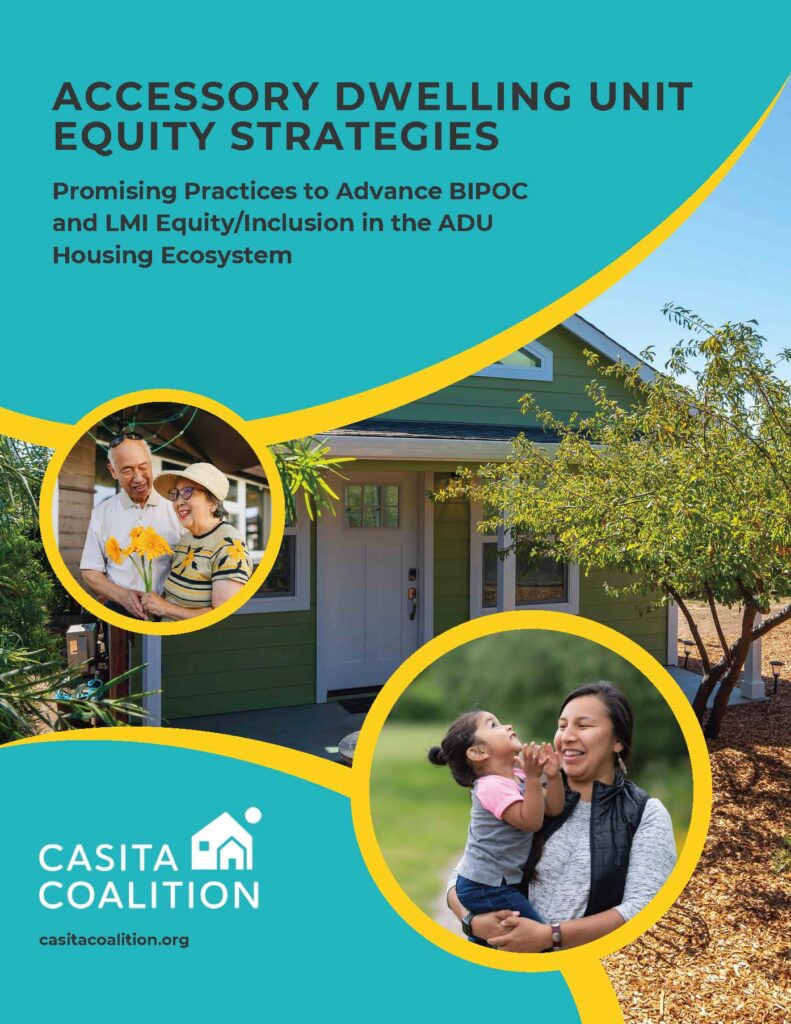
On this resourceful webpage, Opticos provides an overview of the various housing typologies that fall under Missing Middle Housing, including duplexes, fourplexes, cottage courts, townhomes, multiplexes, and triplexes.
Opticos Design founder Daniel Parolek inspired a new movement for housing choice in 2010 when he coined the term “Missing Middle Housing,” a transformative concept that highlights a time-proven and beloved way to provide more housing and more housing choices in sustainable, walkable places.
Key insights:
- For each housing type detailed, a sheet of technical specifications including lot size, number of units, and parking spaces is provided.
- Idealized specifications are articulated along with a sample site design to display the development potential of each typology.
- Each housing type is accompanied by a case study of a completed housing project that conforms to these specifications.


